What is your favorite grafting tape or method?
clarkinks
9 years ago
Featured Answer
Sort by:Oldest
Comments (35)
clarkinks
9 years agoScott F Smith
9 years agoRelated Professionals
Fort Lee Landscape Architects & Landscape Designers · Glen Ellyn Landscape Architects & Landscape Designers · Roosevelt Landscape Architects & Landscape Designers · Brooklyn Center Landscape Architects & Landscape Designers · Edmond Landscape Contractors · Euclid Landscape Contractors · Federal Way Landscape Contractors · Las Vegas Landscape Contractors · North Potomac Landscape Contractors · Point Pleasant Landscape Contractors · Ringwood Landscape Contractors · Saint Paul Landscape Contractors · St. Louis Landscape Contractors · 07920 Landscape Contractors · Four Corners Landscape ContractorsKevin Reilly
9 years agomarknmt
9 years agoclarkinks
9 years agomarc5
9 years agoTurCre
9 years agofranktank232
9 years agoTurCre
9 years agolucky_p
9 years ago2010champsbcs
9 years agoalan haigh
9 years agoclarkinks
9 years agojohnnysapples
9 years agojohnnysapples
9 years agogardener365
9 years agojohnnysapples
9 years agogardener365
9 years agogreyphase
9 years agoclarkinks
9 years agobill999
9 years agoalan haigh
9 years agocousinfloyd
9 years agoTurCre
9 years agoKonrad___far_north
9 years agoalan haigh
9 years agogreyphase
9 years agomarknmt
9 years agocousinfloyd
9 years agoalan haigh
9 years agobob_z6
9 years agobob_z6
9 years agoclarkinks
9 years agoclarkinks
9 years ago
Related Stories
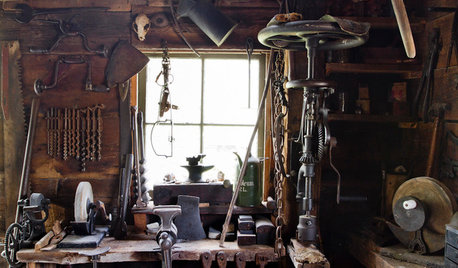
MATERIALSAre You a Maker? Show Us Your Favorite Tool or Material
Houzz Call: A tool or material can be a maker’s best friend. We’d like to see your favorite — and what it helps you achieve
Full Story
GREAT HOME PROJECTSHow to Design a Family Photo Wall
New project for a new year: Display your favorite images of loved ones for the most personal gallery wall of all
Full Story
HOMES AROUND THE WORLDWorld of Design: 11 Book Lovers and Where They Like to Read
Bibliophiles across the globe reveal their top books and favorite reading spots, from a 2-story library to an artfully curated book nook
Full Story
FARM YOUR YARDIf You Have Room for Only One Summer Crop ...
Get an edible that’s long on flavor even if you’re short on space, with a long-time gardener’s favorite picks
Full Story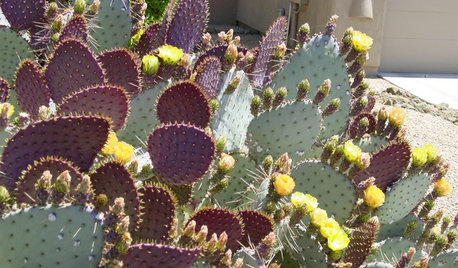
GARDENING GUIDESGreat Design Plant: Santa Rita Prickly Pear for Purple Appeal
Distinctive colored pads and yellow flowers make this cactus a favorite in Southwestern gardens
Full Story
KITCHEN CABINETSChoosing New Cabinets? Here’s What to Know Before You Shop
Get the scoop on kitchen and bathroom cabinet materials and construction methods to understand your options
Full Story
LIFE6 Ways to Cool Off Without Air Conditioning
These methods can reduce temperatures in the home and save on energy bills
Full Story
MOST POPULARA Contractor's Secrets to Hanging Holiday Decor
Hang a wreath or garland on brick, concrete, Sheetrock or wood the professional way — and avoid the potential pitfalls
Full Story
LIGHTINGGlass Art: How to Place and Light It
Helpful tips on illuminating glass art around your home
Full Story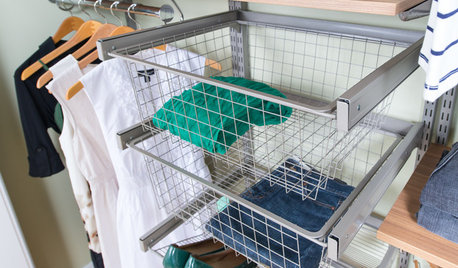
CLOSETSHow to Store Your Clothes to Keep Them Looking Good Longer
Here’s what clothes to fold, what to hang and how to stash your off-season stuff
Full Story






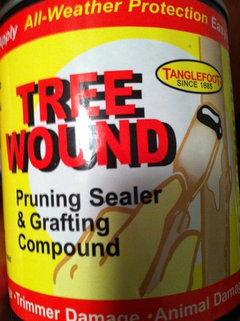
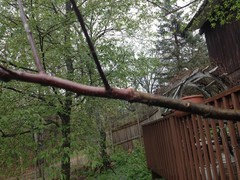
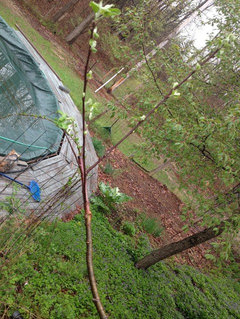
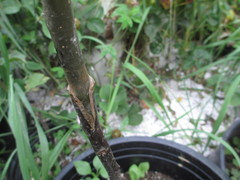

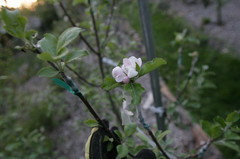



greyphase